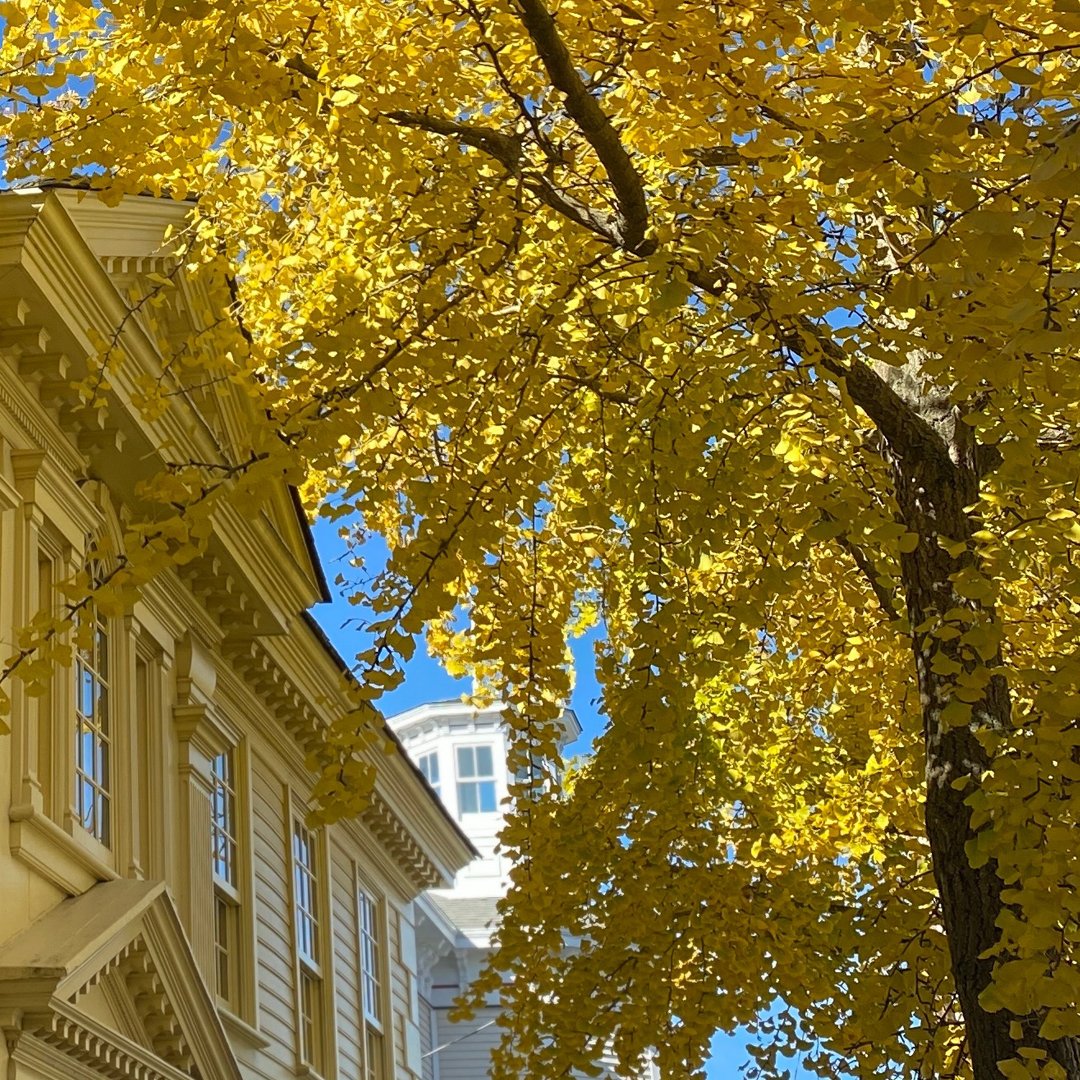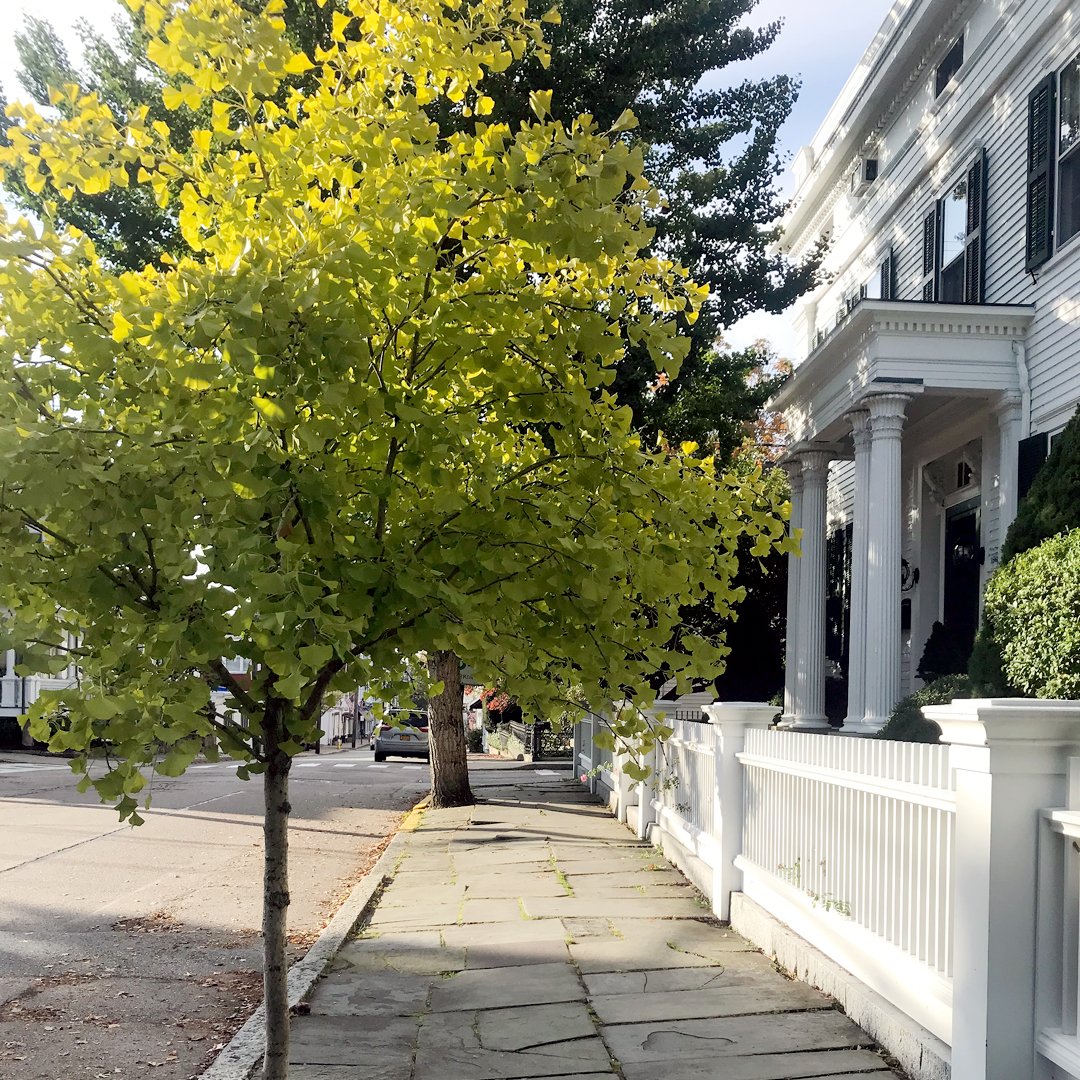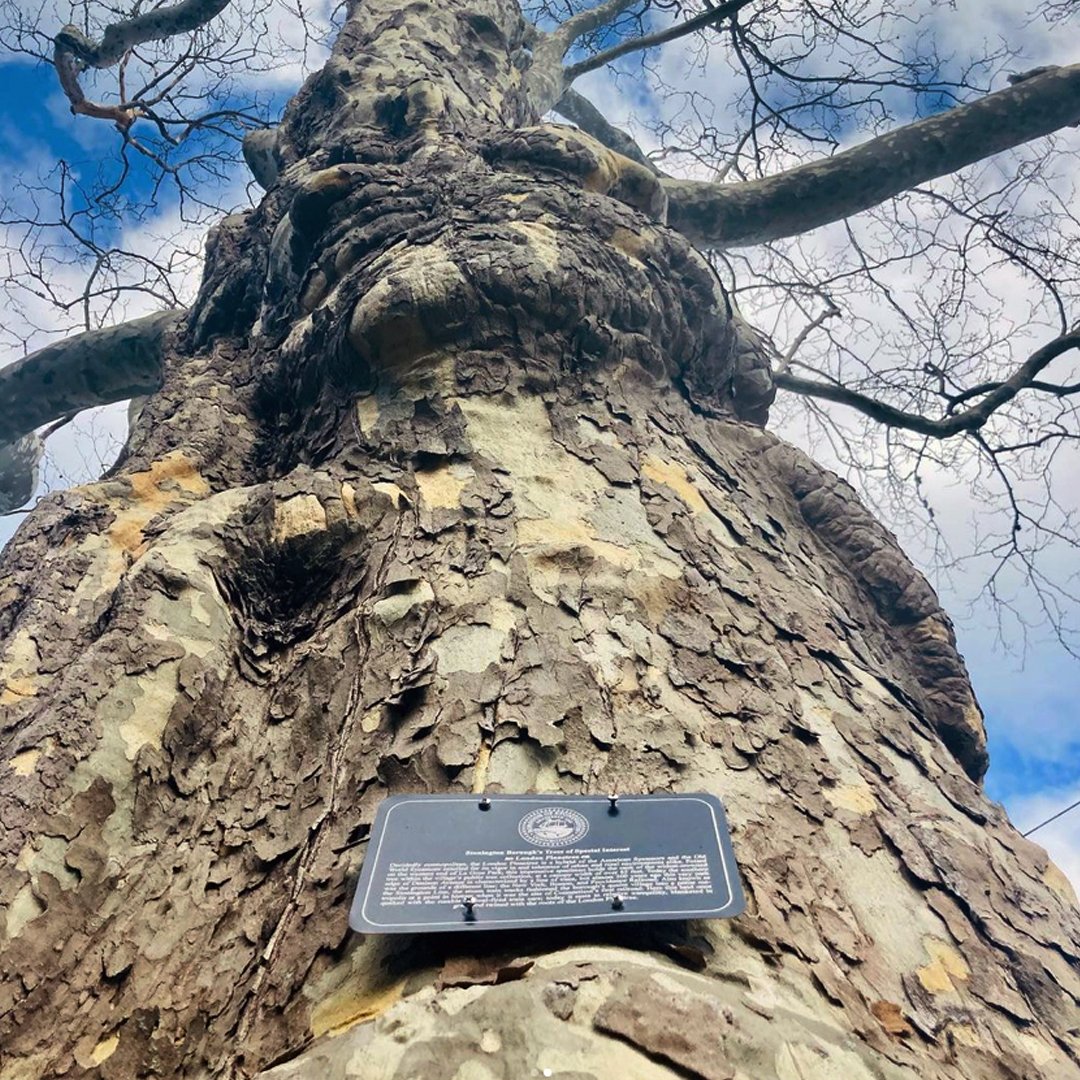Amanda Barnes: A Tree-Hugging Ice Queen
It’s hard to know where Stonington Borough resident Amanda Barnes will turn up next. For the past 15 years, she’s been the Secretary to the Faculty at Connecticut College. You may find her hostessing at Water Street Café where her husband, James Fowler, has recently returned as Chef (her two teenagers work there too). You may discover her inspecting and photographing trees; she’s currently serving her fourth term as The Borough’s Commissioner of Parks, Trees, and Rights of Way. Or you just may find her swimming in Stonington Harbor in the middle of a snowstorm.
When Amanda’s family relocated to the Borough from Bedford, New York when she was 13, she was not a happy camper. Leaving her friends was an adjustment, but it didn’t take long before she fell in love with Stonington. She discovered freedoms she wouldn’t have otherwise had in a bigger city. She stayed through college, met Jamie while she was working at Water Street Café, and raised her family here.
“I was the only woman in a huge classroom with big, burly lumberjack fellows. Me and my pearl earrings.”
— Amanda Barnes
Her work as a Burgess began when Jeff Callahan, Borough Warden, approached her to become Clerk-Treasurer. By the end of their meeting, she was on the ticket for an elected position. Stepping into the tree commissioner role, a natural fit due to her love of the environment, required some education; Amanda became a certified tree warden through the state of Connecticut. “I was the only woman in a huge classroom with big, burly lumberjack fellows,” she said. “Me and my pearl earrings” she added with a laugh.
She harnesses that energy in her work. She’s not a fan of taking down trees, and sometimes residents don’t agree. “I’m worried about our kids and the planet. We need those big trees — they’re connected to our physical and mental health, and the future of our children” she said. In addition, trees are beautiful, beneficial to the environment, provide shade cover, and help lower energy costs.
Recently, the Borough has had to take down three massive trees. They’ve planted five, and are about to plant four more. “We have a generous donor who wants to plant some larger trees,” she said. Among the new trees is a Kousa Dogwood to replace a dead crab apple on Wadawanuck Square. “We’ve also planted a sugar maple and a redbud.” She adds, “Beech leaf disease brought one beech tree down on the East side of the library. There’s another on the West side that will most likely have to come down, but we’re experimenting with medication to see if we can save it. That and a baby copper beech tree.”
There are a number of notable trees throughout the Borough, now adorned with plaques. Two of particular interest are a weeping beech on Main Street near the church, and a copper beech at 21 Main Street, both on private property.
COLD SWIMMING
Coastal living definitely has its advantages. Amanda falls asleep to the harbor bell and fog horn every night and loves to swim. Fortunately for her, the water is just a few steps away. Her foray into cold swimming (also referred to as wild swimming) started during the pandemic. “In the beginning, my anxiety was through the roof so I started swimming with some friends,” she said. As the summer of 2020 came to a close and the news turned dark again, she didn’t want to give up her daily swims so she decided to keep going. As it started to get colder, their determination wavered, but a friend’s husband, an Ironman who does ice baths, joined them, encouraged them, and they haven’t looked back. In the summer they swim but when it’s cold, it’s more of a meditation. During low tide, Amanda and her group have actually walked around and surveyed Stonington Harbor. “People in boats have motored over to see if we’re ok,” she says.
It may seem dangerous, but it’s actually very beneficial. It boosts your immune system, improves circulation, burns calories, and reduces stress. “It’s good for inflammation, and gets your endorphins going like crazy,” Amanda says. “The key is acclimating,” she adds. “Getting in up to the waist is the first hurdle. I let my breathing settle, do some sun salutations, and feel the sun. If there’s no sun, I pretend it’s there” she adds. The next step is over the shoulders, “and that’s when the opera singing starts” she says. At that point, they try to stay in for three minutes. For most of the year, “if you can get to the three-minute point, it feels good and you don’t want to get out” she says. They don’t always keep track of the water temperature, but they’ve taken readings as low as 34 degrees. “When the water is that cold, you have to think about getting out. Afterdrop, a continued drop in body temperature once you get out, is a concern” she says.
Photos by Amanda Barnes, Polly Spring, Pam Johnstone
Although they don’t wear wetsuits, they all bring winter gear: booties (thermal swim socks), 3mm neoprene gloves, a winter hat, a cup of hot tea, a dryrobe, a bucket, and a container of hot water (used to submerge their hands and feet). Immediately afterward, they change into dry, warm clothes, and try to warm up from the inside out.
Photos by Joshua Behan Photography
“Cold swimming has totally changed my life,” she says. “It’s made me begin to challenge myself in other ways. I feel better physically, and it’s helped my anxiety and taught me that I could survive.” So much so that Amanda started a local chapter of The Bluetits called the Sandy Pointed Bluetits, but admits she needs to give it more attention. While doing research on wild swimming groups, she discovered Gilly McArthur, a UK-based illustrator, rock climber, and wild swimmer with an incredible story who now serves as Amanda’s cold water swimming guru. She started following her on Instagram and the two have since become friends. It’s also inspired a work colleague to start cold swimming with a group off of Mason’s Island that calls themselves the Big Chill. A fitting name for sure!















